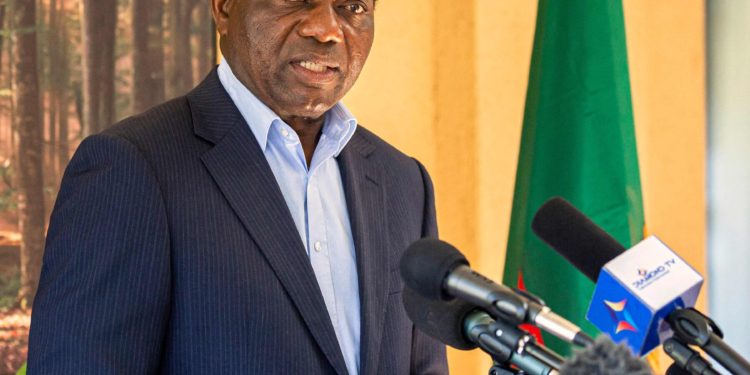Zambia has declared a state of national disaster and emergency due to a severe drought that its president, Hakainde Hichilema, attributes to the “the el Niño weather phenomenon, influenced by climate change.”
- 84 out of the country’s 116 districts have been affected, with 1mn hectares of maize destroyed and a growing 430MW power deficit.
- In total, nearly half of the country’s planted area has been decimated by the ongoing drought.
- In late February, the government restricted the export of maize and maize four and deployed security personnel in smuggling routes.
In a televised address on Thursday Feb 29, President Hichilema laid out plans to address the situation, which include restructuring the 2024 budget, umping humanitarian aid, and importing and rationing electricity. Several countries in the region are facing similar weather changes as el Niño weather patterns shift from extreme rain to rainfall shortages.
Zambia is heavily dependent on its copper production industry, which has been facing challenges as the country undergoes an economic crisis. Among these is that power production is still largely from hydropower, which is dependent on water levels. More than half of the country’s power is used by the mineral extraction sector, which makes power deficits a major economic emergency.
In recent times, the southern African country has been working on debt restructuring with its creditors. In late February, it announced that had signed restructuring agreements with India and China. Its president and public officials have also called on private creditors to consider restructuring their $13bn in external debt holdings.




